What kind of coffee is Kenyan coffee beans suitable for? introduction to the flavor and taste of Kenyan coffee

Kenya may be the favorite coffee producing area for many sour coffee lovers. Kenyan coffee beans have a complex and full sense of juice, similar to dark fruit flavors such as black brine, berries and blackberries. A good Kenyan coffee is energetic, but clean and refreshing, sweet and sour. The Kenyan coffee beans launched in Qianjie come from the Thika producing area and adopt the Kenyan 72-hour washing method. The varieties are SL28 and SL34, which are the first choice for many sour coffee lovers.
Kenyan coffee is famous for its strong fruit aroma, mellow acidity, and berry-like sour and sweet. Qianjie believes that these flavor advantages can not be separated from the high-quality varieties, planting soil and post-treatment methods adopted by local growers.
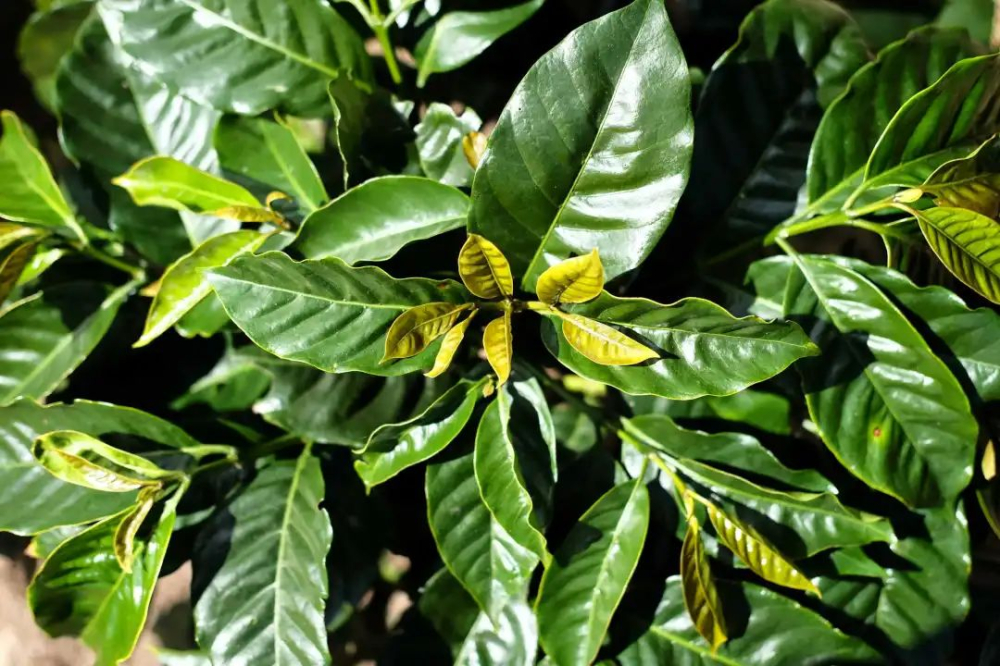
The main varieties of Kenyan coffee are SL28, SL34, K7, Ruiru11 and Batian, of which SL28 and SL34 account for 90% of the total output of high-quality coffee beans in Kenya. SL refers to the Scott laboratory in Kenya Scott Laboratories,20 in the 1930s, a large number of coffee berry disease broke out in Kenyan coffee trees, so Scott laboratory was entrusted by the government to cultivate new disease-resistant varieties. Among the research and development achievements, No. 28 and No. 34 have strong disease resistance and outstanding flavor. So farmers began to plant a wide range of two varieties. The SL series belongs to the bourbon family of coffee trees and shows excellent acid quality in Kenya.
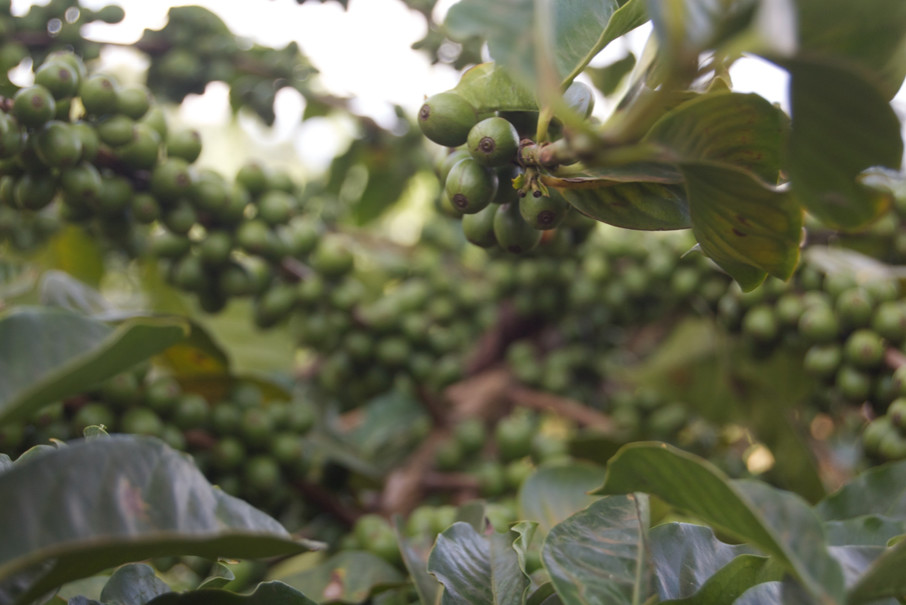
Most coffee in Kenya grows between 1400 and 2000 meters above sea level, with temperatures between 15 and 24 degrees Celsius, and grows in deep, well-drained red volcanic soil. The average annual rainfall is stable and concentrated. The main coffee growing area is located in the plateau around Mount Kenya, and the central region has fertile volcanic soil, the right sun and rainfall, which is very conducive to the production of high-quality Kenyan Arabica coffee. Among them, the coffee beans in Sika producing area have round acidity, similar to the taste of grapefruit.
Kenyan 72-hour washing method, referred to as K72 treatment. The coffee fruit needs to be harvested at the best ripening time for sweetness 21, select the best fruit for peeling, soak in the flume for 24 hours, use clean river water in the tank, rinse after 24 hours, soak in clean river water for 24 hours, then wash, ferment again, repeat 3 times, the total fermentation time is 72 hours, the longest time of ordinary water washing fermentation is 36 hours, this repeated treatment after fermentation. Kenyan coffee beans have a strong sense of acidity and fineness. Finally, remove the remaining pectin and move the coffee beans to a high scaffolding for sun drying, depending on the weather, which usually takes about 5 to 10 days to complete.
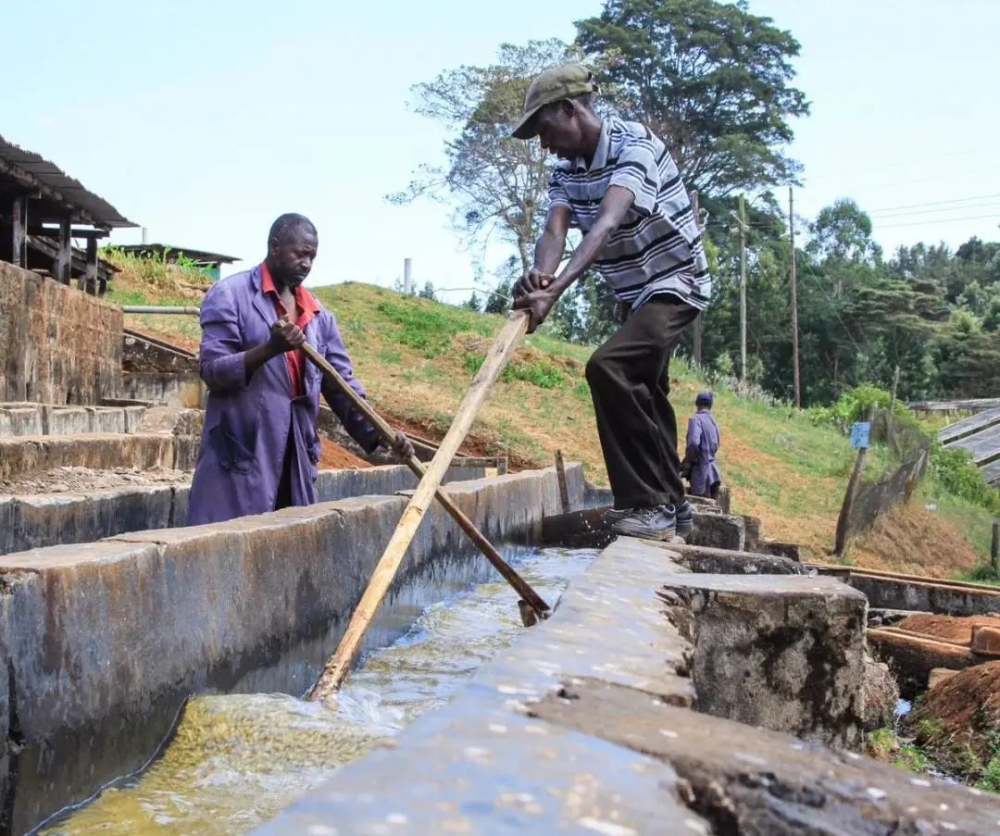
Taking into account the fact that during the roasting process of coffee beans, the heating temperature of beans of the same size tends to be more consistent with the heating rate, which means that they are more stable, so Kenya classifies coffee beans according to their particle size and cup test score. According to the size, shape and hardness of raw coffee beans, it can be divided into AA, AB, PB, C, E, TT, T, and the highest grade is AA. Kenya AA coffee bean is considered to be one of the best boutique coffee in the world. It is usually grown at an altitude of more than 2000 meters. Its coffee is light in liquid and exudes a strong aroma of flowers and fruits. It is loved by coffee people all over the world.
This Kenyan coffee from Qianjie has the flavor of black berries and drupes. In order to retain more fruity aroma, Qianjie roasters choose light roasting. Qianjie through the cup test comparison, dry aroma is small tomato, black plum, caramel aroma, entrance dark drupes, such as Brin, plum, apricot taste, acid saturation.
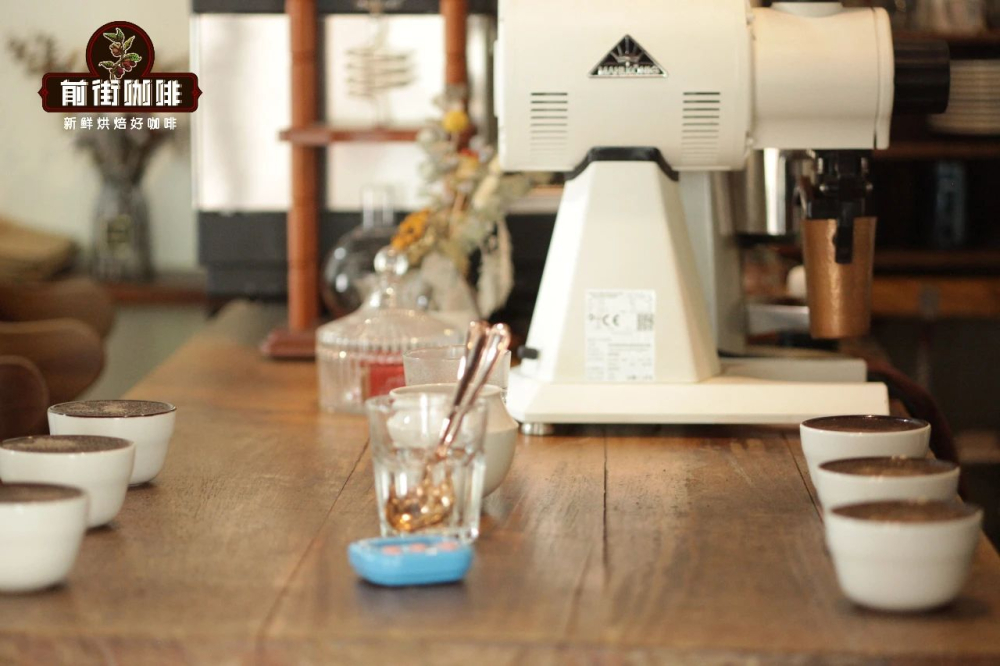
On brewing, Qianjie is used to making products in the form of hand flushing, which can better drink the full sour quality of Kenyan coffee. For Kenya, which uses medium and shallow baking and grows at high elevations and has a hard texture, baristas in front street will extract it with finer grindness and higher temperature hot water. Here, 78% of the screen is screened using China's No. 20 standard. Use v60 filter cup to make the flavor layer more clear.
With three-stage extraction, grind the coffee and pour it into the filter paper, pour 30g water into the center and steam for 30 seconds, pay attention to the smooth circle of the small flow from the inside to the outside, inject 95g water in the second stage, and start injecting 100g in the third stage when the coffee liquid is almost finished. take the filter cup until all the coffee has been filtered. The time is about 2 minutes, with an error of about 10 seconds.
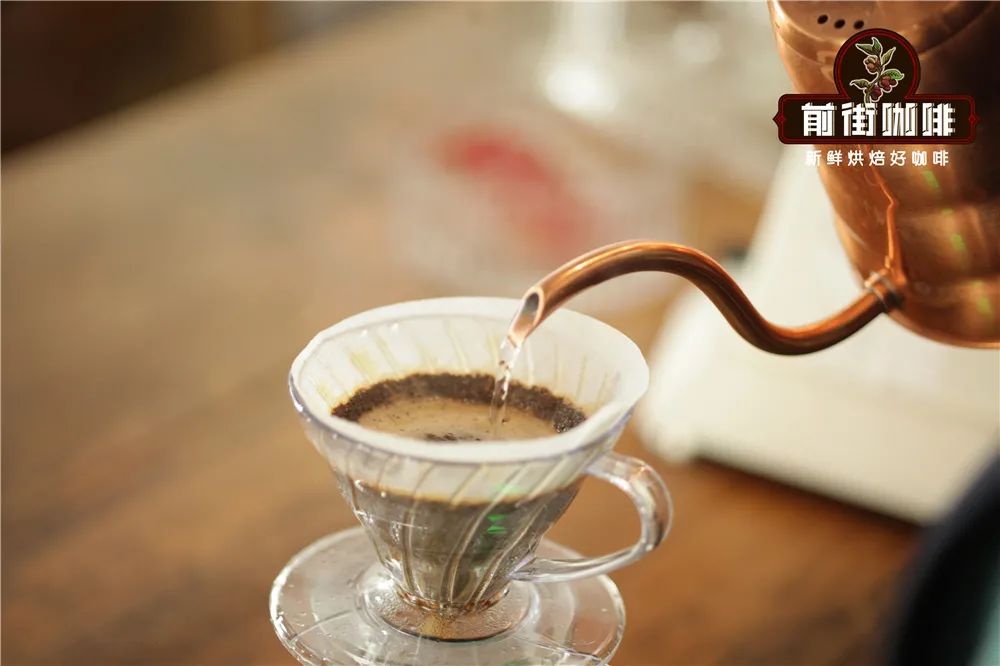
This Kenyan Asaria coffee tastes like black brin, black plum and other dark fruits, while the medium temperature is the thick sour and sweet taste of apricot and drupe, with a round black tea finish.
Professional coffee knowledge exchange more coffee bean information please follow the coffee workshop (Wechat official account cafe_style)
For more boutique coffee beans, please add private Qianjie coffee on Wechat. WeChat account: qjcoffeex
Important Notice :
前街咖啡 FrontStreet Coffee has moved to new addredd:
FrontStreet Coffee Address: 315,Donghua East Road,GuangZhou
Tel:020 38364473
- Prev
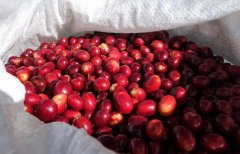
Kenya Mulanganieri and other coffee producing areas Sika Asalia Starbucks Kenyan coffee bean flavor
Although coffee cultivation in Kenya started relatively late, the industry has gained and maintained an impressive reputation. Since the beginning of production, Kenyan coffee has been recognized for its high quality, careful preparation and exquisite flavor. Position in world production: # 18 average annual output: 800000 (60 kg bags) Common Arabica varieties: SL28, SL34, K7,
- Next
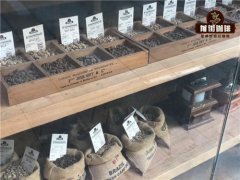
Taste characteristics of Kenyan coffee beans introduction to the historical origin of Kenyan coffee
What is the recommended food for Kenyan coffee? The first to bear the brunt are fruit foods, most berries, similar to strawberries and raspberries. People sometimes drink coffee for a healthy life, but some desserts are not very good. Qianjie is here today to share with you the fruit suitable for Kenyan coffee beans. Most berries
Related
- Detailed explanation of Jadeite planting Land in Panamanian Jadeite Manor introduction to the grading system of Jadeite competitive bidding, Red bid, Green bid and Rose Summer
- Story of Coffee planting in Brenka region of Costa Rica Stonehenge Manor anaerobic heavy honey treatment of flavor mouth
- What's on the barrel of Blue Mountain Coffee beans?
- Can American coffee also pull flowers? How to use hot American style to pull out a good-looking pattern?
- Can you make a cold extract with coffee beans? What is the right proportion for cold-extracted coffee formula?
- Indonesian PWN Gold Mandrine Coffee Origin Features Flavor How to Chong? Mandolin coffee is American.
- A brief introduction to the flavor characteristics of Brazilian yellow bourbon coffee beans
- What is the effect of different water quality on the flavor of cold-extracted coffee? What kind of water is best for brewing coffee?
- Why do you think of Rose Summer whenever you mention Panamanian coffee?
- Introduction to the characteristics of authentic blue mountain coffee bean producing areas? What is the CIB Coffee Authority in Jamaica?

